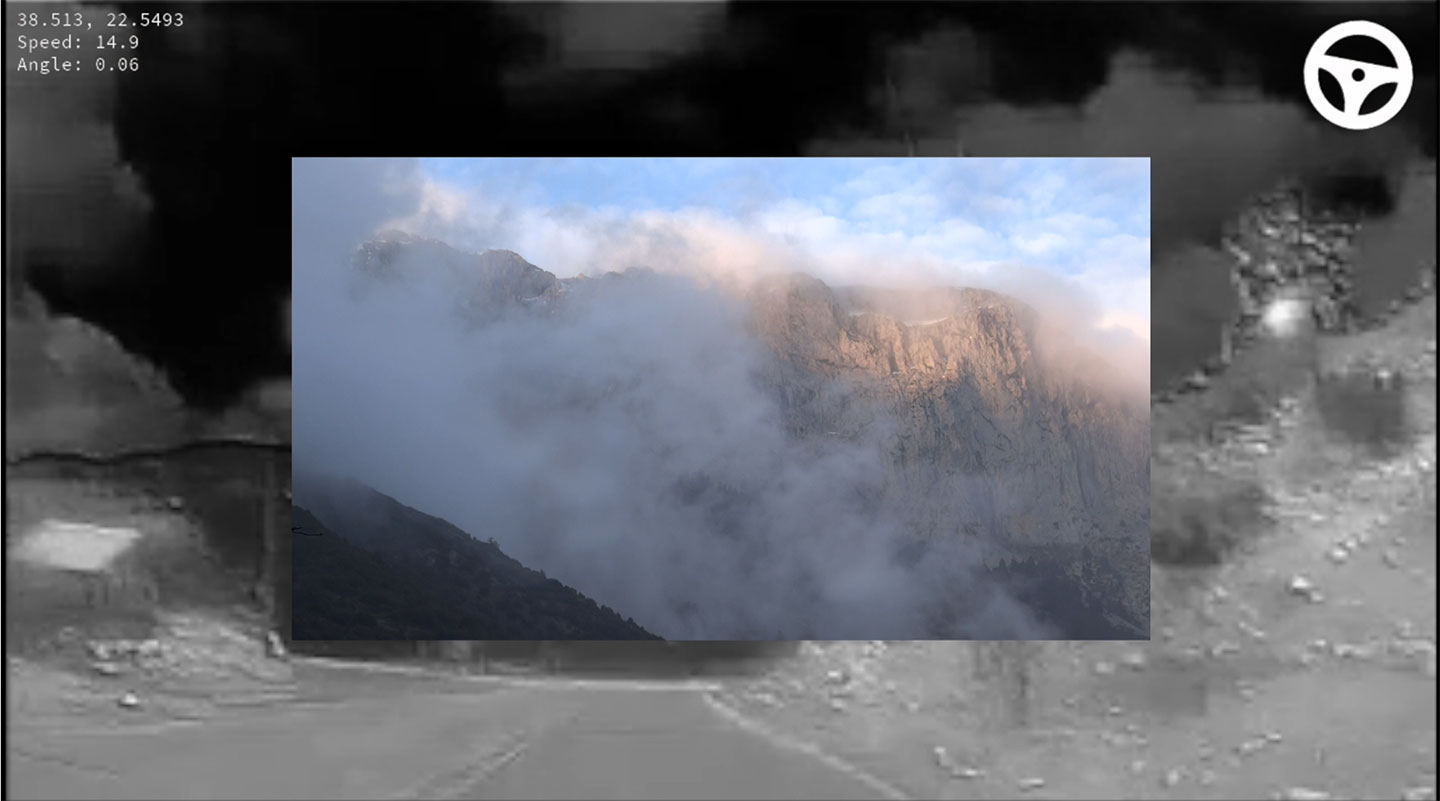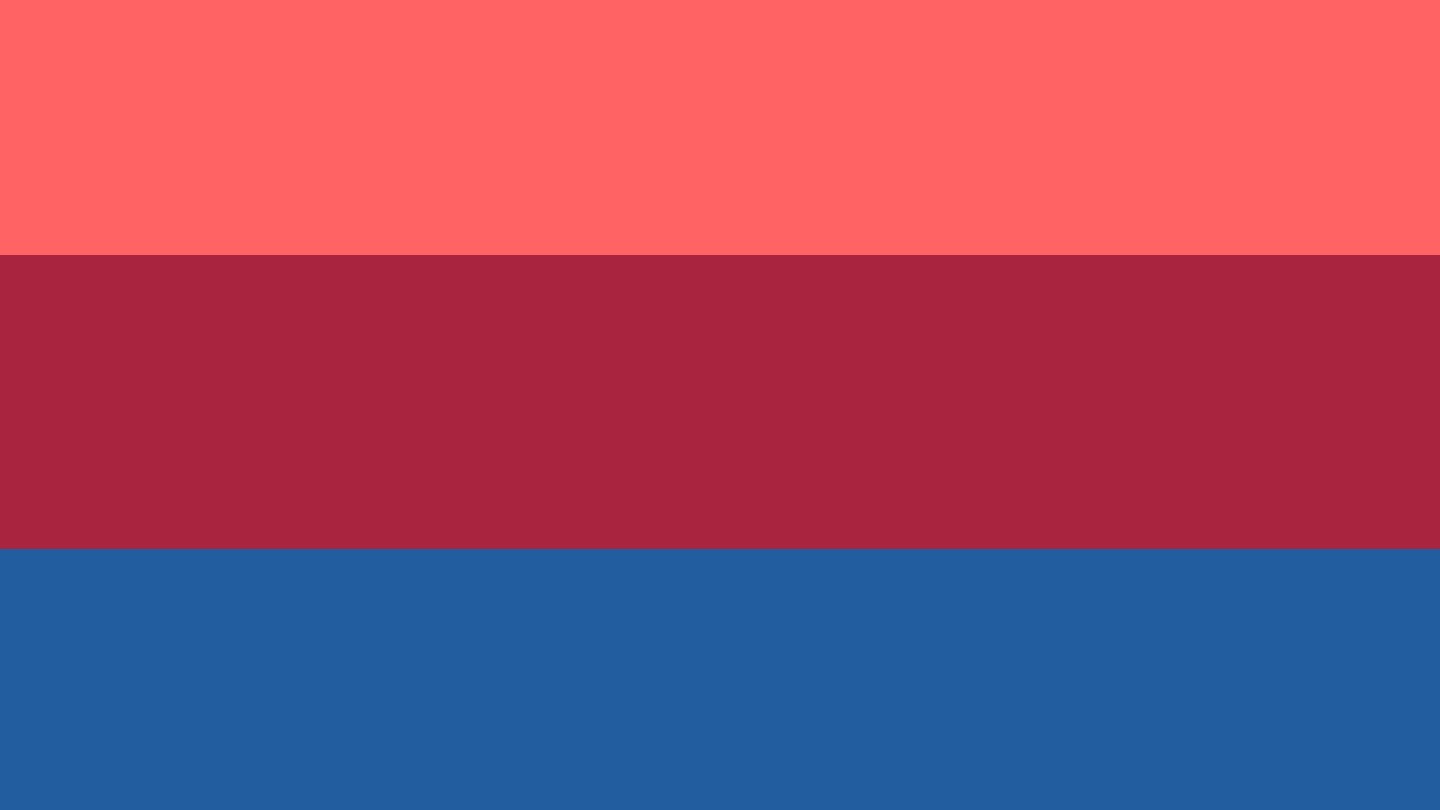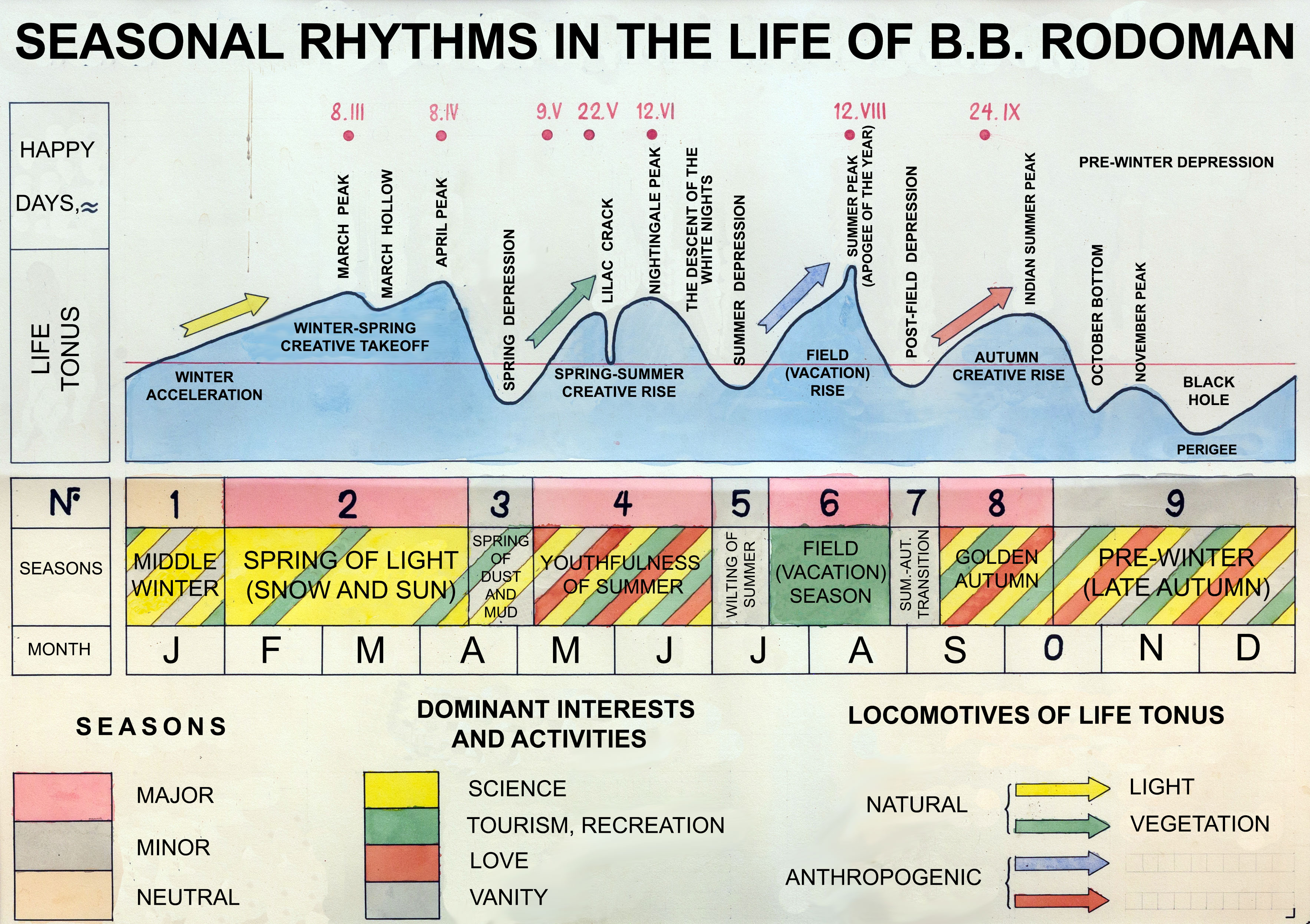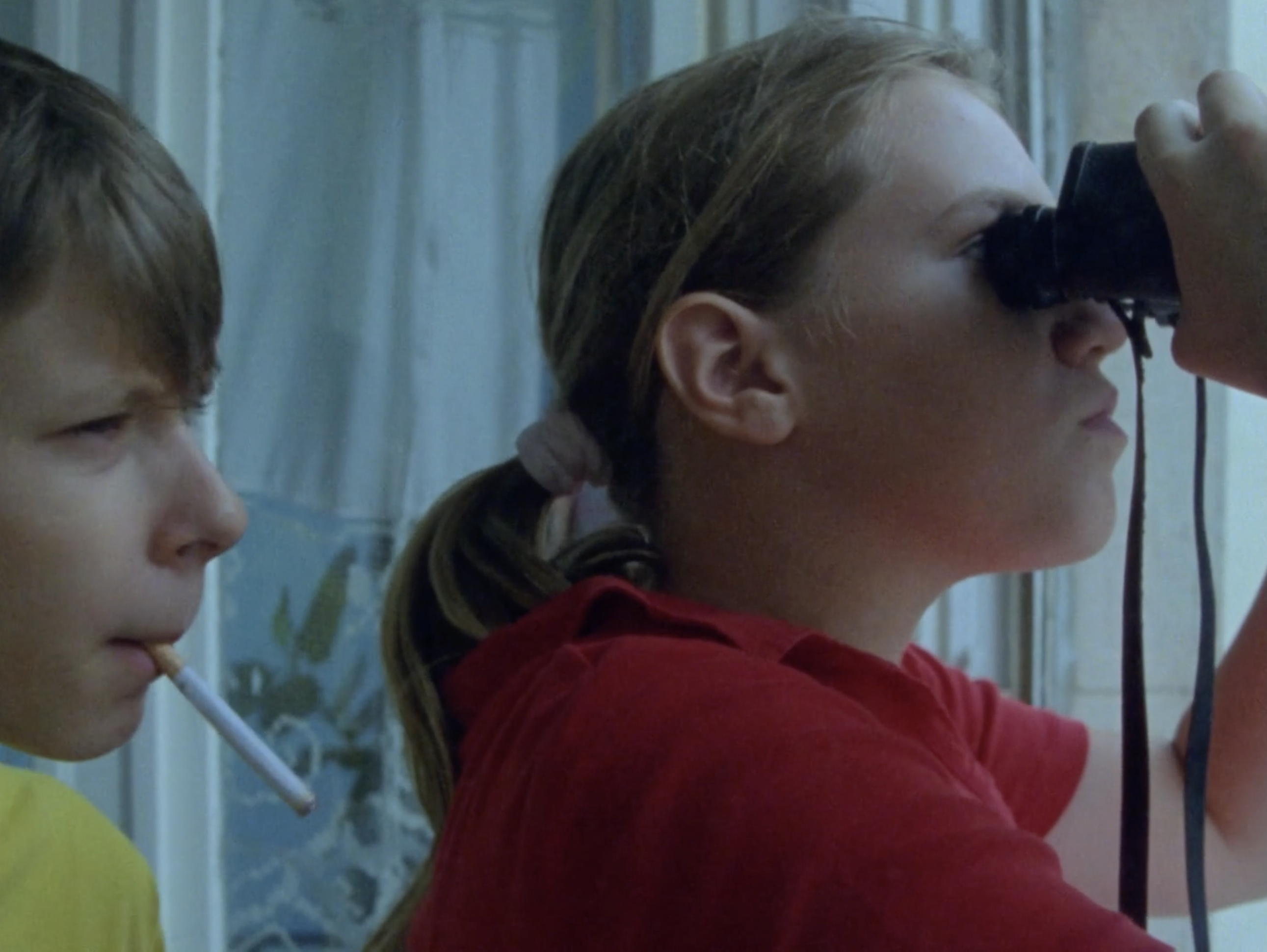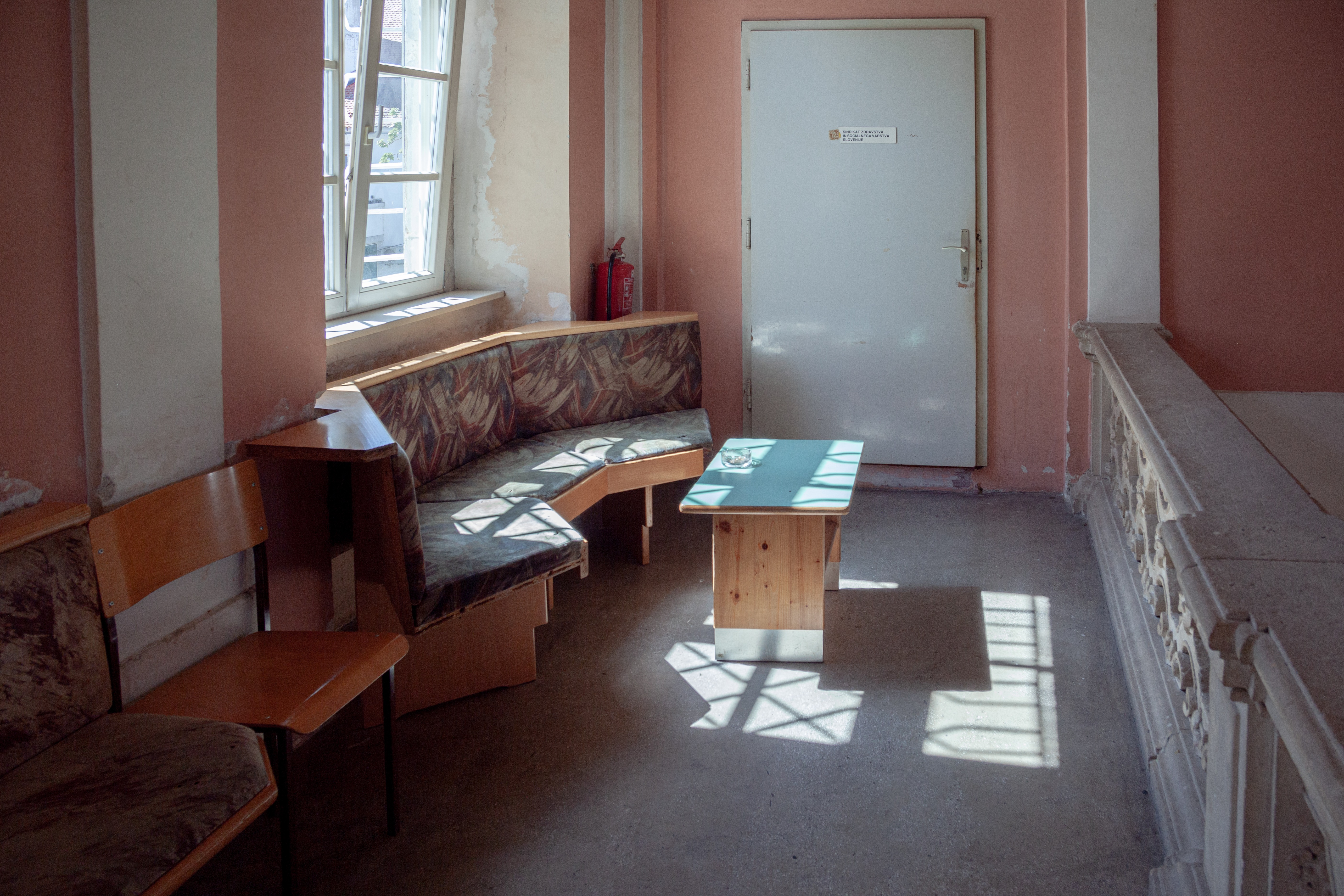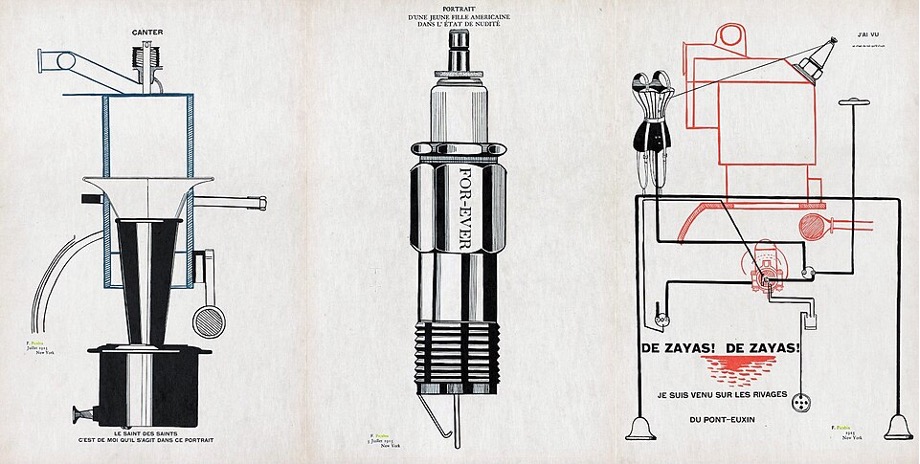Adrift

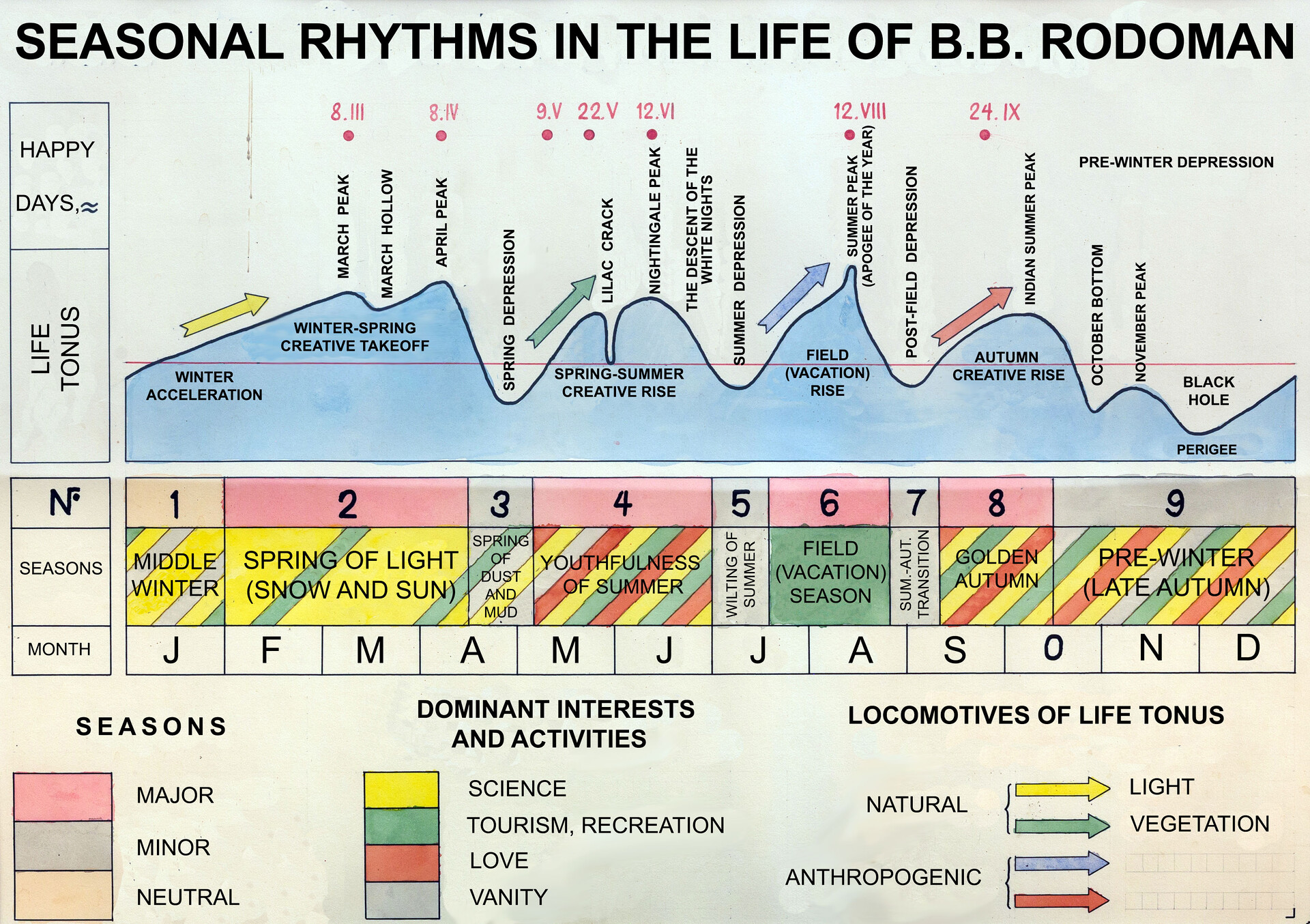
As the outer-world shifts, dissolves, and is built up again, disorientation is inevitable. How can we find solace by returning to our watery interiority? Much can be learned by following the movement of the wet. How watery life flows around and through structures, forming what Greg Dvorak describes as “intimate and specific passages.”
How do embrace this multiplicity? How can we learn to move from a place of wet physicality that isn’t fixed but continuously gestating new futures? How do we follow these models of the sea and build flexible connections amongst one another?
Resistance and refusal must remain as possible responses to the technologically augmented assault directed at individual autonomy today—the off switch must still be within reach. In my research into autonomous vehicles and machine vision, I have tried to develop several strategies for human-scale opposition to exploitative automation, such as the Autonomous Trap. This trap is constructed by drawing a pair of nested circles—one solid, one dashed—on the roadway. From the outside, the pattern denotes a right of way. From the inside, it means no entry. Thus any car, programmed to obey the rules of the road, may enter, but cannot leave, like a demon trapped within a magic circle.
Art after culture. Just to say the simplest and most obvious thing: culture, in the broadest sense of the word, is good at pointing to things and naming them, but not so good at describing relationships between things. It privileges declarations, right answers, universals, and elementary particles. It is captivated by circular logics and modernist scripts that celebrate freedom and transcendent newness—narrative arcs that bend toward a utopian or dystopian ultimate.
In Boris Rodoman’s map-like diagrams we are confronted not only with the features of the objects being mapped (a landscape, the author’s experience, or his interests), but also with the mapping procedure itself as a fundamentally important and basic feature of the human mind. The common link between a cartoid that depicts a model of a landscape and a cartoid that schematizes the interests of its author reveals the very procedure of mapping as primarily a cognitive process. Moreover, by charting and mapping himself and his own interests, the researcher makes visible the processes of constructing the subject. In other words, through his geo-cartoids, Rodoman reveals the action of forces and flows of power that construct the subject in many respects as a random assemblage. Rodoman’s geo-cartoids contain an implicit critique of the Russian landscape and the powers that constitute it (hyper-centralization, the influence of administrative divisions, and so on). His para-geographical cartoids do the same kind of work concerning the construction of subjectivity in modern society.
“We feel the floods surging over us; we sound with him to the kelpy bottom of the waters; sea-weed and all the slime of the sea is about us!” —Herman Melville, Moby Dick
As my late friend and mentor Teresia Teaiwa, a scholar of Banaban and I-Kiribati heritage and one of Oceania’s greatest minds, punned in her own writing, it is essential to emphasize the urgency of specific notions—or rather “S/pacific n/oceans”—of Oceanian history and art: the specificities of genealogies, crossings, colonialisms, wars, struggles, and resilience of the people who live throughout the Great Ocean. I am interested in nudging this conversation beyond the ambiguities of the ocean to the specificities of Oceania, in order to foster more receptivity toward art and artists from this region.

